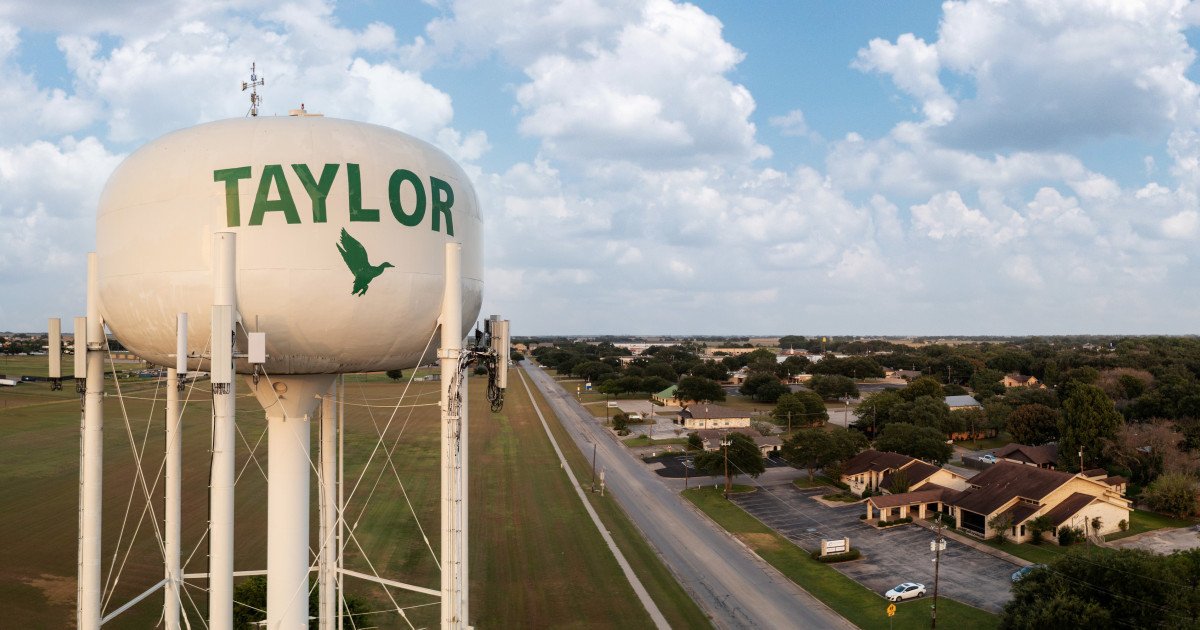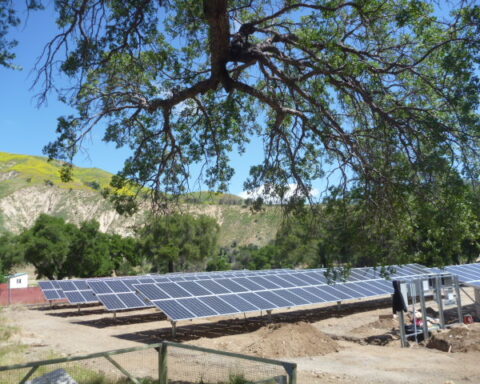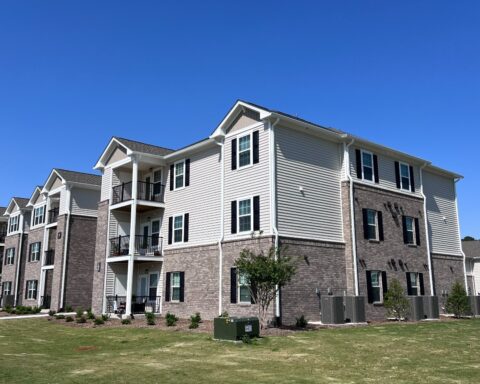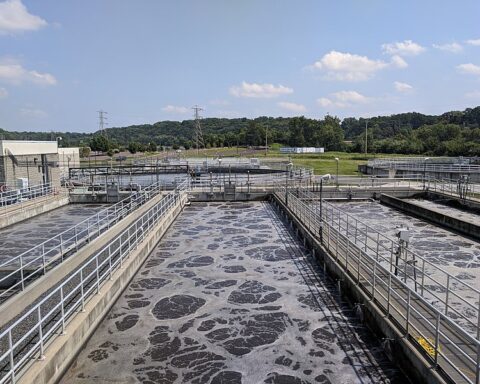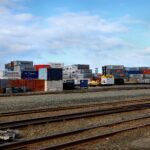When Samsung announced a $17 billion investment to build semiconductor manufacturing in Central Texas, it was seen as a step forward in securing a U.S.-based supply chain for critical technology. For the city of Taylor, Texas, and more than 16,000 people who call the town home, Samsung’s announcement put the community on a course for rapid growth.
“We’re very proud that Taylor was selected for this critical project and how important it is for America’s global standing,” Taylor Mayor Brandt Rydell said in an interview with Government Market News.
The project moved fast. City officials submitted an initial proposal and met with Samsung to promote city throughout 2021. The company selected Taylor and began investing the initial $17 billion later that year. In 2022, the company broke ground on the first of several fabrication plants, known as “fabs”, that will be used to manufacture semiconductors and microchips from Taylor, which is about 30 miles northeast of Austin.
As the first fab nears completion, last week, the U.S. Department of Commerce announced a $6.4 billion award for Samsung’s Texas facilities through the CHIPS and Science Act of 2022. Along with the federal grant, the company is pouring additional funds into Taylor and an existing facility in Austin for a total of more than $40 billion.
With massive investments flowing into the region, Taylor is a hub of opportunities. The factory is expected to generate more than 2,000 permanent jobs when manufacturing is up and running. The construction has already brought thousands of new people to Taylor daily, and according to Samsung, 17,000 temporary construction jobs will be created by the project. With money flowing in, the Samsung project has already made a tangible impact on the local economy.
Ben White, the president and CEO of the Taylor Economic Development Corporation, works in an office in Taylor’s historic downtown. In addition to his involvement in pitching the area to businesses that are considering moving in, White has seen the impact of Samsung firsthand. “The foot traffic is a lot higher now. The restaurants and small businesses are really doing great,” White said in an interview with Government Market News.
“Now Taylor’s on the map for all this new development,” White said. “A wide range of housing opportunities will be coming to Taylor. A wide range of hospitality, entertainment and restaurants.”
Sales tax revenue has exploded since Samsung came to town. In the 2021-22 fiscal year, it stood at about $5.5 million. By the end of the fiscal year in 2022 and 2023, the sales tax revenue for Taylor had grown fourfold to more than $20 million.
In the past, Taylor has been considered a quiet bedroom community where a large portion of the population commuted to Austin for work. Now, Mayor Rydell said more people are travelling into Taylor to work than leaving it. The increased reverse commuting traffic is one noticeable change in the community that Rydell said is “part of the growing pains,” that come from attracting a multibillion-dollar project.
“We’re going to have to endure for a while now because we just don’t have the transportation network in place,” Rydell said. “You would not build a transportation network anticipating a $44 billion semiconductor complex coming to your town.”
Transportation projects are already underway to provide easier access to Samsung’s facility from other parts of Williamson County, where Taylor is located. The first segment of a new road that county officials named the Samsung Highway opened in October 2023. The entire road is expected to be open by the end of 2023. Throughout the county, multiple transportation projects are in progress with more on the way after voters approved a $844 million investment in 2023.

To ensure more people working in Taylor can live within the city limits, the city recently updated its land development code. The changes to zoning rules will allow more housing density within existing neighborhoods by lowering the minimum lot size needed to build housing and allowing more housing units on one property zoned for a single-family home.
“Before Samsung was even a consideration, being so close to Austin, we were preparing for the growth wave that was due to hit Taylor,” Rydell said.
Through developing a new comprehensive plan for infill development in Taylor, Rydell said the city could double its population without needing to expand its city limits. In addition to changing land-use restrictions, the city also removed minimum parking requirements.
Water scarcity is always a concern in drought-prone Texas. The Samsung plant will not use city water for its industrial processes, Rydell said. Instead, water for industrial use will be supplied by the company EPCOR, which has water rights on the Colorado River. The city of Taylor will provide non-industrial water uses for Samsung offices.
With the “Samsung wave,” as White calls it, even more companies are following suit and looking at Taylor for potential investments. Some of these companies are suppliers for Samsung’s manufacturing, but White said the new focus is on diversifying. “We’re looking at other target sectors that we can bring in that can help grow our community,” White said.





